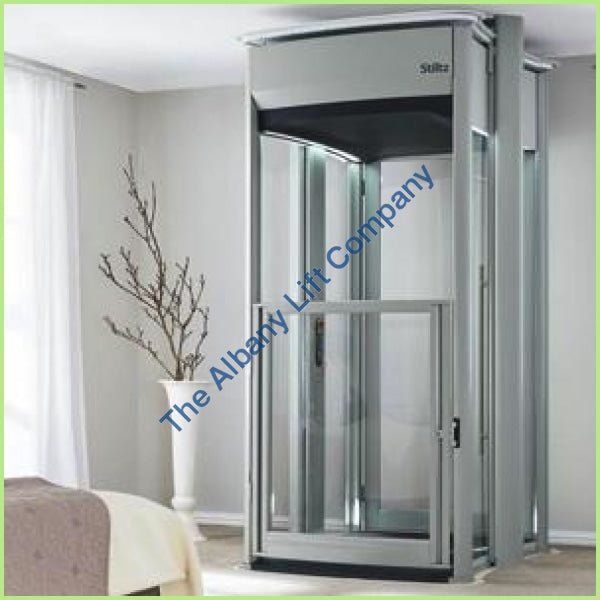London Lift Company: Trusted Professionals for All Your Upright Transportation Requirements
London Lift Company: Trusted Professionals for All Your Upright Transportation Requirements
Blog Article
Delving Into the World of Elevators: Typical Concerns Faced by Numerous Lift Devices
As we browse with the vertical transportation systems of contemporary buildings, elevators stand out as a crucial part of our everyday lives. From hydraulic elevators to grip systems and machine-room-less layouts, each lift type comes with its collection of usual issues.
Hydraulic Elevators
Hydraulic elevators, usually favored for low-rise buildings, utilize fluid pressure to control the motion of the elevator car (lift repair companies). This system includes a hydraulic pump pushing oil right into a cylinder, triggering the lift to relocate the desired instructions. While hydraulic elevators are understood for their quiet and smooth procedure, they do include their own collection of typical issues
One common problem with hydraulic lifts is oil leakage. Furthermore, issues with the control system, such as faulty valves or a malfunctioning pump, can create disturbances in the lift's activity.
Normal maintenance and prompt repair work are vital to make certain the smooth performance of hydraulic lifts. By resolving these common problems proactively, structure owners can decrease downtime and make certain the safety and security and efficiency of their upright transport system.
Grip Lifts
When taking into consideration upright transport systems in structures, an additional typical type other than hydraulic elevators is the traction elevator. Grip elevators operate making use of a system of ropes and counterweights that relocate the elevator vehicle by gripping onto the hoist ropes. This system enables smoother and much faster vertical transport compared to hydraulic systems.
Among the usual problems dealt with by grip lifts is rope wear. The constant motion of the ropes within the grip system can cause wear and tear in time, potentially creating the lift to breakdown or come to be harmful for usage. Normal inspections and maintenance of the ropes are necessary to make certain the lift's correct functioning and safety and security.
One more issue that grip lifts may experience is connected to the control system. Problems with the control system can lead to issues such as erratic motion, delays in action times, or perhaps total shutdowns. Regular testing and upkeep of the control system are critical to stop such problems and guarantee the elevator's reliability.
Machine-Room-Less (MRL) Lifts

Among the vital components of MRL lifts is the portable gearless grip equipment that is mounted within the hoistway. This machine efficiently drives the lift cars and truck without the requirement for large devices found in standard traction elevators. In addition, MRL lifts normally utilize a weight system to stabilize the car, more boosting their energy performance.
Despite their advantages, MRL lifts may deal with obstacles connected to repair and maintenance as a result of the restricted room for devices installment. Availability for servicing components within the shaft can be limited, needing specialized training for technicians. Proper upkeep schedules and normal assessments are critical to ensure the continued smooth operation of MRL elevators.
Overloading and Weight Limit Issues
Are elevators geared up to handle excess weight loads successfully and safely? Straining and weight restriction problems are essential worries in lift procedures. Elevator makers design raises with certain weight capacities to make certain guest security and tools longevity. Surpassing these weight limitations can cause numerous troubles, including mechanical failures, delays, and security dangers.
When lifts are overloaded, it places extreme stress on the electric motor, cables, and other elements, potentially causing breakdowns or break downs. If they find excess weight, safety and security systems such as sensors and overload sensing units are in place to avoid lifts from relocating. Furthermore, exceeding weight restrictions can bring about raised energy usage and deterioration on the elevator system.
To reduce overloading problems, constructing supervisors must plainly show weight limits in elevators and enlighten owners on the significance of sticking to these restrictions - lift repair companies. Routine maintenance checks by qualified service technicians can additionally assist guarantee that lifts are operating within risk-free weight specifications. By addressing overloading and weight restriction concerns proactively, structure proprietors can improve elevator safety and effectiveness
Electric System Failings
Exceeding weight limits in elevators can not just lead to mechanical issues but also potentially contribute to electric system failures within the lift facilities. Electric system failings are a crucial concern in elevator operation, as they can create unforeseen shutdowns, breakdowns, or also safety and security risks.
Normal maintenance and assessments are critical to determine and address potential electrical issues quickly, making sure the reliable and safe operation of elevator systems. By adhering to weight limitations and performing routine electrical system checks, structure owners can mitigate the danger of electrical failures in elevators.
Final Thought

Hydraulic lifts, usually chosen for low-rise structures, use fluid stress to control the movement of the lift automobile.When taking into consideration upright transportation systems in structures, one more common type aside from hydraulic elevators is the grip lift. Grip elevators run using a system of ropes and counterweights that relocate the elevator car by we maintain lifts clutching onto the hoist ropes. Unlike typical elevators that require a separate device space to house the devices, MRL lifts integrate many of the parts within the shaft, getting rid of the requirement for a devoted machine area.In verdict, lifts encounter usual problems such as hydraulic breakdowns, grip system failures, and electric system problems.
Report this page